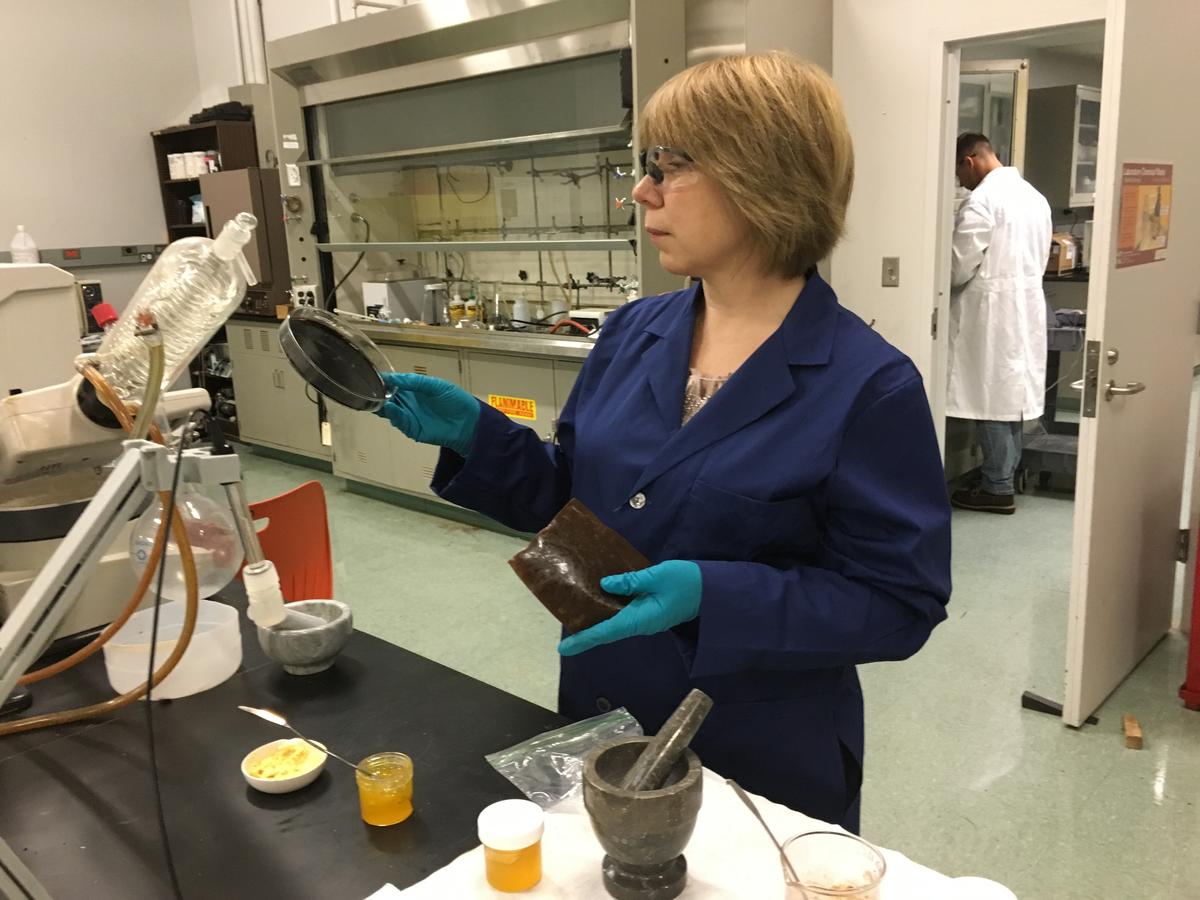Lignin gives trees their strength. It’s the glue that holds plants together. It’s also an unexploited treasure – at least from a chemical point of view. Making up about 30 percent of a plant’s composition, lignin is currently incinerated when cellulose is harvested for wood pulp or at biorefineries producing fuels, heat and chemicals from biomass.
NRRI is part of a team effort to unlock lignin’s potential as a high value, renewable bio-plastic with a $3 million grant from the U.S. Department of Agriculture.
Eric Singsaas, director of NRRI’s Wood Products and Bioeconomy Initiative, developed a patented process that separates a tree’s cell wall compounds: cellulose, hemicellulose and lignin. Scientists at Oak Ridge National Laboratory and the University of Tennessee figured to how to make a polymer resin from the lignin. This bio-plastic can replace the popular ABS (acrylonitrile-butadiene-styrene) material, which is derived from petroleum. Attis Innovations, Inc. is the company that will commercialize the technologies.
“We are very excited about this,” said David Winsness, president of Attis Innovations. “We can potentially double the revenue for biorefineries and make that industry sustainable.”
The lignin will be converted into ABL (acrylonitrile-butadiene-lignin) resin, worth about $1.20 per pound. For comparison, lignin burned for energy is valued at only five cents per pound. And industries are seeking bio-based composites. The lignin-based resin will compete directly with ABS resin, a durable plastic commonly used in home siding and window products, bumpers on cars, whitewater canoes and many household products.
“Realizing that difference in value and expanding markets for lignin makes an integrated biorefinery financially viable,” said Singsaas. “We’ll be able to sell Minnesota forest resources into markets that don’t typically use them, and add value to the fledgling biorefinery industry.”
The first target is to develop composite siding products. NRRI will be testing its fast-growing hybrid poplar tree species to make the first sample plastics. By the end of three years, the team plans to have sufficient quantities of the lignin-based resin to demonstrate its properties. Then it will branch out into the automotive market and beyond. NRRI will also analyze the properties of lignin from a variety of tree species and other plant materials.
“NRRI brings great value to this whole project,” said Winsness. “They understand the process, they know how to develop new products and they have the analytical capabilities we need.”
